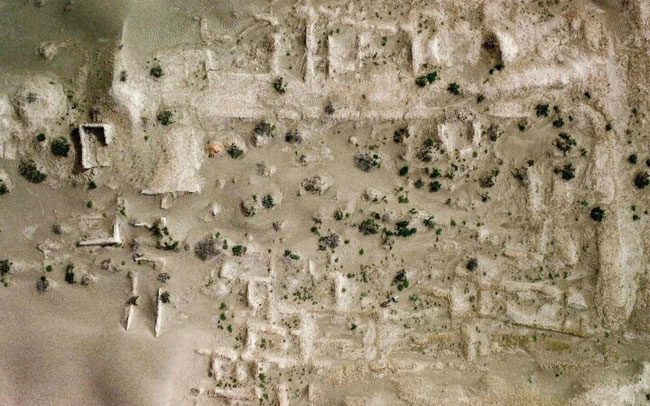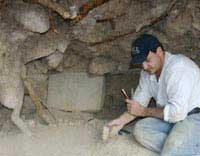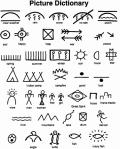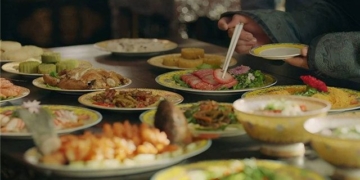The ancient sites of Iraq have survived thousands of years and numerous wars, but now they face threats from modern times.
Accordingly, Iraq’s ancient sites are at risk of being destroyed and gradually buried under sandstorms linked to climate change.
After a decade of severe sandstorms, the city of Umm al-Aqarib from ancient Sumer is being increasingly covered by sand. This ancient city dates back to around 2350 BC and spans over 5 km2.

Climate change is causing archaeological sites to gradually disappear beneath sandstorms.
The legendary archaeological sites of the Babylonian civilization in Iraq, which have been painstakingly excavated by archaeologists, are now gradually disappearing under sandstorms.
Mr. Aqeel al-Mansrawi, an Iraqi archaeologist, stated: “Recent changes due to climate change have significantly affected this archaeological site. Most of the site has been covered by sand as a result of drought and a lack of crops in surrounding areas.”
Iraq is one of the countries most severely affected by climate change. In 2022, dozens of sandstorms ravaged the country, coloring the sky orange, disrupting daily life, and causing respiratory issues for the population.
When the sandstorms pass, they leave layers of sand covering everything, including the Sumerian structures known as “The Mother of Scorpions” in the arid Dhi Qar province of southern Iraq.
Archaeologists in Iraq used to try to clear sand from the sites, but now the amount of sand has become overwhelming, rendering them unable to do anything.
Mr. Aqeel al-Mansrawi mentioned: “With the alarming rate of sand encroachment in this area, it is likely that in another 10 years, 80-90% of the archaeological sites will be buried.”
The legendary land between the Tigris and Euphrates rivers, which nurtured some of the earliest civilizations in the world, now faces summer temperatures that can soar up to 50oC, leading to drought conditions that make it impossible for farmers and grazing animals to survive here. The soil has become loose and fragmented due to a lack of crops and the roots that hold the soil together.
In the past, the greatest threat to the sites was the theft of artifacts, but now climate change, specifically desertification, poses an equally significant threat.





















































